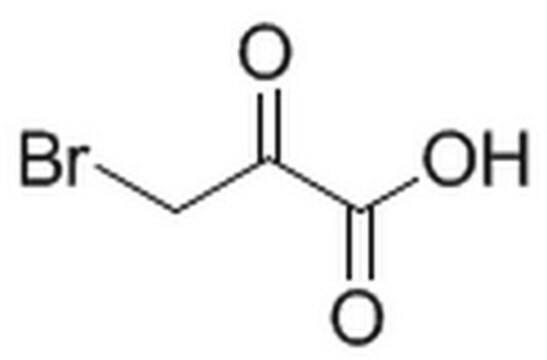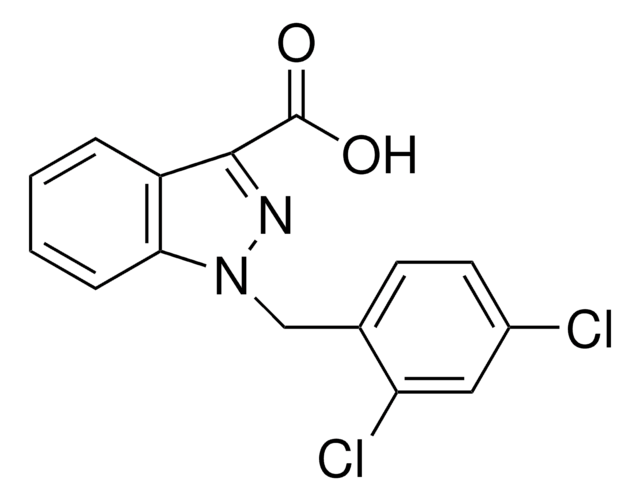Kluczowe dokumenty
SML2580
GNE-140
≥98% (HPLC)
Synonim(y):
(6R)-3-[(2-Chlorophenyl)thio]-5,6-dihydro-4-hydroxy-6-[4-(4-morpholinyl)phenyl]-6-(3-thienyl)-2(1H)-pyridinone, (R)-3-(2-Chlorophenyl)sulfanyl-6-(4-morpholinophenyl)-6-(3-thienyl)piperidine-2,4-dione, GNE 140, GNE140
About This Item
Polecane produkty
Próba
≥98% (HPLC)
Formularz
powder
kolor
white to beige
rozpuszczalność
DMSO: 2 mg/mL, clear
temp. przechowywania
−20°C
Klucz InChI
SUFXXEIVBZJOAP-RUZDIDTESA-N
Działania biochem./fizjol.
Kod klasy składowania
13 - Non Combustible Solids
Klasa zagrożenia wodnego (WGK)
WGK 3
Temperatura zapłonu (°F)
Not applicable
Temperatura zapłonu (°C)
Not applicable
Wybierz jedną z najnowszych wersji:
Certyfikaty analizy (CoA)
It looks like we've run into a problem, but you can still download Certificates of Analysis from our Dokumenty section.
Proszę o kontakt, jeśli potrzebna jest pomoc Obsługa Klienta
Masz już ten produkt?
Dokumenty związane z niedawno zakupionymi produktami zostały zamieszczone w Bibliotece dokumentów.
Nasz zespół naukowców ma doświadczenie we wszystkich obszarach badań, w tym w naukach przyrodniczych, materiałoznawstwie, syntezie chemicznej, chromatografii, analityce i wielu innych dziedzinach.
Skontaktuj się z zespołem ds. pomocy technicznej







